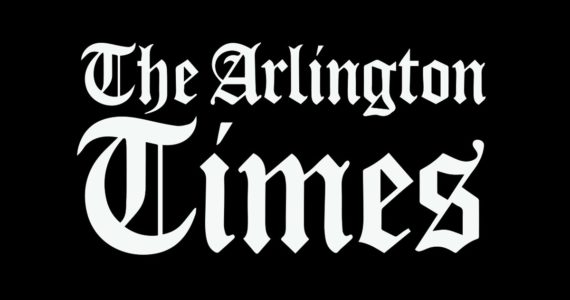Last week I met Debbie, who supervises the janitorial teams at a number of facilities in downtown Seattle including everything from historic office buildings to modern skyscrapers housing an array of government agencies and officials — an imposing stretch of real estate and a huge responsibility.
The rich rewards of diversity never cease to amaze me. When we engage fully with people who experience the world differently than we do, we can expect to be inspired. Two stories came across my desk this week that illustrate the point.
We have often reflected in this column about the remarkable qualities that emerge in everyone when people of all abilities — including people with developmental conditions like autism, Down syndrome, cerebral palsy, and so on — engage fully with each other. Why is this, and how does it work?
Our organization and many others like it were founded originally because people with disabilities needed us. But along the way, we discovered something as amazing as it is self-evident once you think about it — that is, people of all abilities need each other and are better together.
At a recent strategic planning conference for organizations that serve people with developmental conditions, our facilitator asked us to imagine that we wake up tomorrow and find that every obstacle to our work has been overcome, every problem solved, every battle victorious at last. What does the world look like now, she asked?
A friend recently sent me a link about a high school student with autism who made his high school’s varsity basketball team and in the process became an overnight YouTube sensation.
Now unlike the recent rash of stories (including some repeated in this column) about people with developmental conditions who inspire others to excel — for example, as managers or “special assistants” on sports teams, or as inspirational sibling to a sister who plays college basketball or a brother who makes the Olympic ski team — this kid actually himself plays and excels.
A friend of mine recently sent me a link to Disability Scoop (www.disabilityscoop.com), a website devoted to stories from the world of disability. The stories are interesting enough, but the comments posted by readers are really intriguing. In example after example from recent editions, an article sets off a storm of comments from people who share their sense of outrage about injustices inflicted whether purposefully or inadvertently on people with disabilities and their families. The more you read, the angrier you become.
We have shared many stories in this column about the inherent human value that people with developmental conditions bring to the classroom, the workplace and the community. And we have especially celebrated the wonders of inclusion — the way everyone’s best qualities seem to emerge when people of all abilities engage by learning and working together.
As we try to work off that Thanksgiving feast by putting up the Christmas lights and (too often already) shoveling snow, it might be a good time also to reflect on the lessons of the past year and the opportunities that await us in 2011.
As we approach the Thanksgiving holiday the idea of food as a metaphor for inclusion seems more appropriate than ever. The wonderful dishes that we prepare for holiday celebrations with our family and loved ones are composed of multiple ingredients.
On a recent Monday afternoon, the rhythm of my day was broken by an excited call from my friend, Dean. He asked if I had seen 60 Minutes the night before and, upon learning that I hadn’t, broke into a vivid description of a segment about a phenomenal young man. Derek Paravicini is a musical savant — with a book, a CD, and sold-out performances around the globe.
What does it take to ensure that people we too often label as “disabled” are successful at work? As it turns out, it takes the same thing that all great companies use to ensure every employee is successful at work: smart business strategy.
I often talk about how human beings — regardless of their developmental diagnosis or condition — can learn and grow. But it isn’t often that I get to sit down and witness this type of growth as it’s happening. I did this recently with a five-year-old named Nora at our Child Development Program in Seattle, and came away with some extraordinary lessons.

